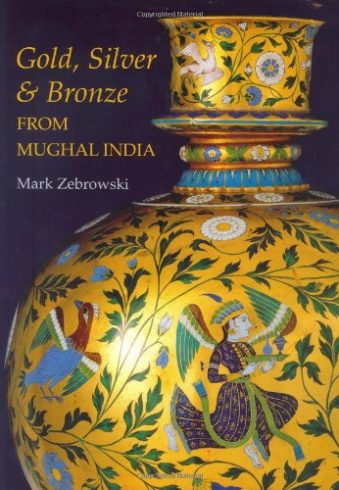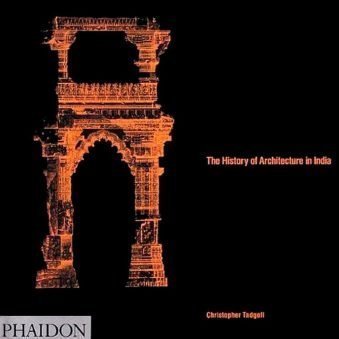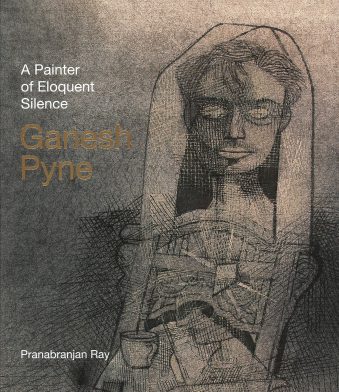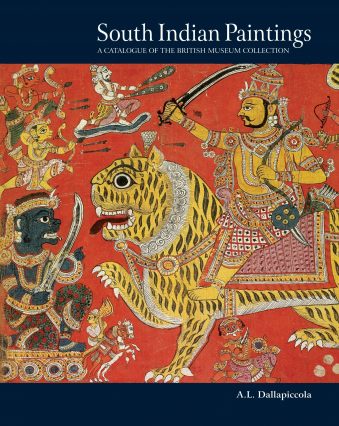- Empty cart.
- Continue Shopping
Michelangelo. Complete Works (XL Series) (Hardcover)
₹11,000.00
- By Frank Zollner (Author),
- Hardcover: 736 pages
- Publisher: Taschen GmbH; Slp edition (10 July 2014)
- Language: English
- ISBN-10: 3836539357
- ISBN-13: 9783836539357
- Product Dimensions: 26.7 x 6.4 x 39.4 cm
Out of stock
Before reaching the age of 30, Michelangelo Buonarroti (1475-1564) had already sculpted David and Pieta, two of the most famous sculptures in the entire history of art. As a sculptor, painter, draftsman, and architect, the achievements of this Italian master are unique-since before his time and until today, no artist has ever produced such a vast, multifaceted, and wide-ranging oeuvre. This comprehensive book explores Michelangelo’s life and work with a richly illustrated biographical essay and a complete four-part inventory of all his paintings, sculptures, buildings, and drawings. Full-page reproductions and enlarged details allow the reader to admire even the finest minutiae, while texts offer an in-depth profile of Michelangelo’s personality and circumstances-spanning his solitary nature, his thirst for money and commissions, his immense wealth, and his skill as a property investor. We also tackle the controversial issue of the attribution of Michelangelo drawings, an area in which decisions continue to be steered by the private interests of the art market and major collections. Commemorating the 450th anniversary of his death, this is the definitive work about Michelangelo for generations to come.
About the Author
Frank Zoellner wrote his doctoral thesis on motifs originating from Antiquity in the history of art and architecture of the Medieval and Renaissance periods (1987). He is also the author of a postdoctoral treatise on motion and expression in the art of Leonardo da Vinci, published in 2010. He has published numerous works on Renaissance art and art theory, and on 20th-century art. Since 1996 he has been Professor of Medieval and Modern Art at the University of Leipzig. For TASCHEN he has authored the XL monographs on Leonardo da Vinci and Michelangelo. Christof Thoenes (1928-2018) studied art history in Berlin and Pavia, before completing his doctorate in Berlin. Thoenes was Honorary Professor in Hamburg and worked many years for the Bibliotheca Hertziana (Max-Planck-Institute) in Rome. He contributed to numerous publications on Italian art, particularly on architecture and architectural theory of the 15th to 18th centuries. Thomas Poepper wrote his doctoral thesis on 15th-century Italian Renaissance sculpture (2003). After a fellowship at the Bibliotheca Hertziana, he worked as a volunteer for the Schleswig-Holsteinische Landesmuseen. Following further appointments at universities in Hamburg und Leipzig, since 2008 he has been Professor of Art and Design History at the West Saxon University of Applied Sciences of Zwickau, where he is currently Head of the Faculty of Applied Art. Poepper has published on a variety of aspects of Italian art from the Middle Ages to the Baroque, German painting of the Early Modern era and German sculpture of the 19th and 20th century.















